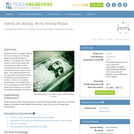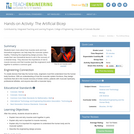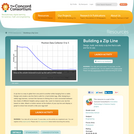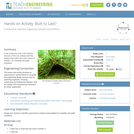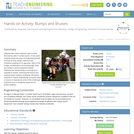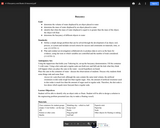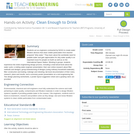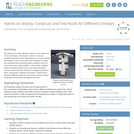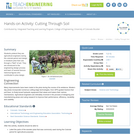
This storyline was developed as a part of the "Community-Centered Climate Action" Professional Learning Course for 3rd-5th grade teachers. It is provided for inspiration but not intended to fully achieve the 3rd, 4th, or 5th grade science standards it incorporates. The lessons set up teachers and students to use the perimeter of their school to inquire about and monitor air quality as well as learn about emissions and activism in their community.Did you know idling cars during school pickup impacts air quality and the environment? Learn how to use an easy-to-implement action project to motivate and empower your students. Your students will build an understanding of how air pollution impacts their community and the climate and learn what community members are doing about it. They will then work together to map their findings, develop an action plan and share what they have learned.This storyline was created by IslandWood. To learn more about IslandWood, follow this link: https://islandwood.org/
- Subject:
- Environmental Science
- Material Type:
- Lesson Plan
- Author:
- Kimberly Zemel
- Brad Street
- Date Added:
- 07/24/2024

